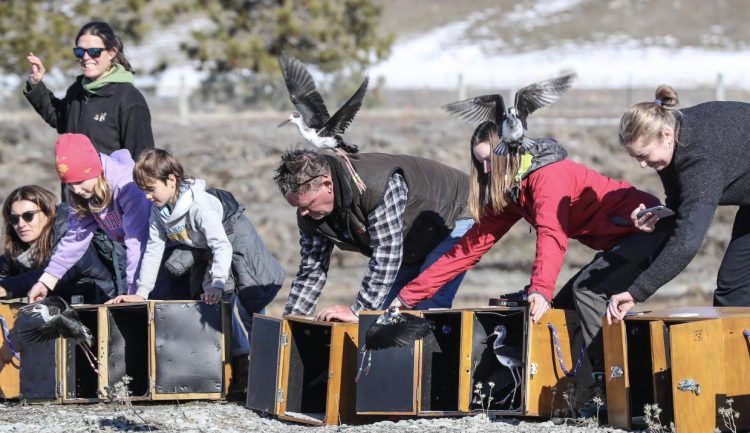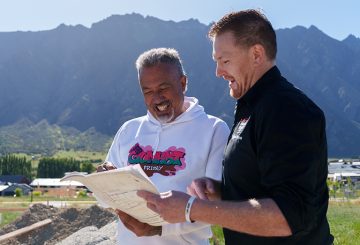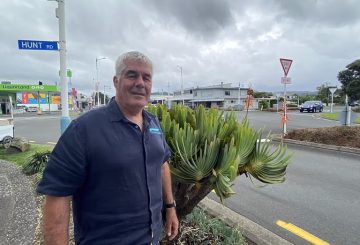对于世界上最稀有的鸟类之一来说是个好消息!周六,在塔卡波湖/特卡波湖放映了80只卡基(黑高跷演员)。这是保护部(DOC)卡基恢复计划的一部分,该计划旨在帮助鸟类种群增长。在接下来的一周里,还将释放160名年轻的卡奇。
来自DOC的克劳迪娅·米施勒说,这些幼鸟是在特威泽尔人工饲养中出生的。她称这次释放是 “他们新生活的第一天”,并解释说该计划旨在增加野生卡基的数量。它们在夏天收集鸡蛋,在设施里饲养小鸡,然后在冬末释放它们,以获得更好的生存机会。
米施勒对本次发布表示高兴,称这表明了他们辛勤工作的结果。她强调了当地土地所有者通过允许进入农场寻找繁殖鸟类来支持他们的努力的重要性。
在周六的发布之后,视天气情况而定,下周还将向塔斯曼谷发送更多卡奇。目前,两只鸟正在但尼丁野生动物医院接受治疗,可能很快就会被释放。
圈养是在DOC的特威泽尔设施和克赖斯特彻奇的艾萨克保护和野生动物信托基金会进行的。在接下来的几周里,工作人员将帮助新获释的卡基学会在新家中寻找食物。八只鸟将被圈养,以帮助确保未来繁殖的遗传多样性。
现在,野外的成年卡基数量为169个,并且正在缓慢增加。今年,有41对繁殖对,而十年前只有17对。但是,卡基面临着来自捕食者的威胁,只有大约30%的被释放的鸟类可以存活到成年。
为了保护他们,在当地土地所有者的帮助下,作为 Te Manahuna Aoraki 和 Project River Recovery 计划的一部分,在麦肯齐盆地进行了大规模的诱捕。该计划的下一个重点是研究鸟类死亡的原因,并找到提高其存活率的方法。



















































-360x245.jpg)










